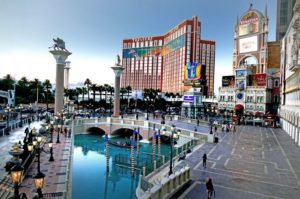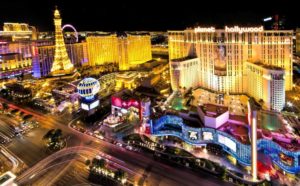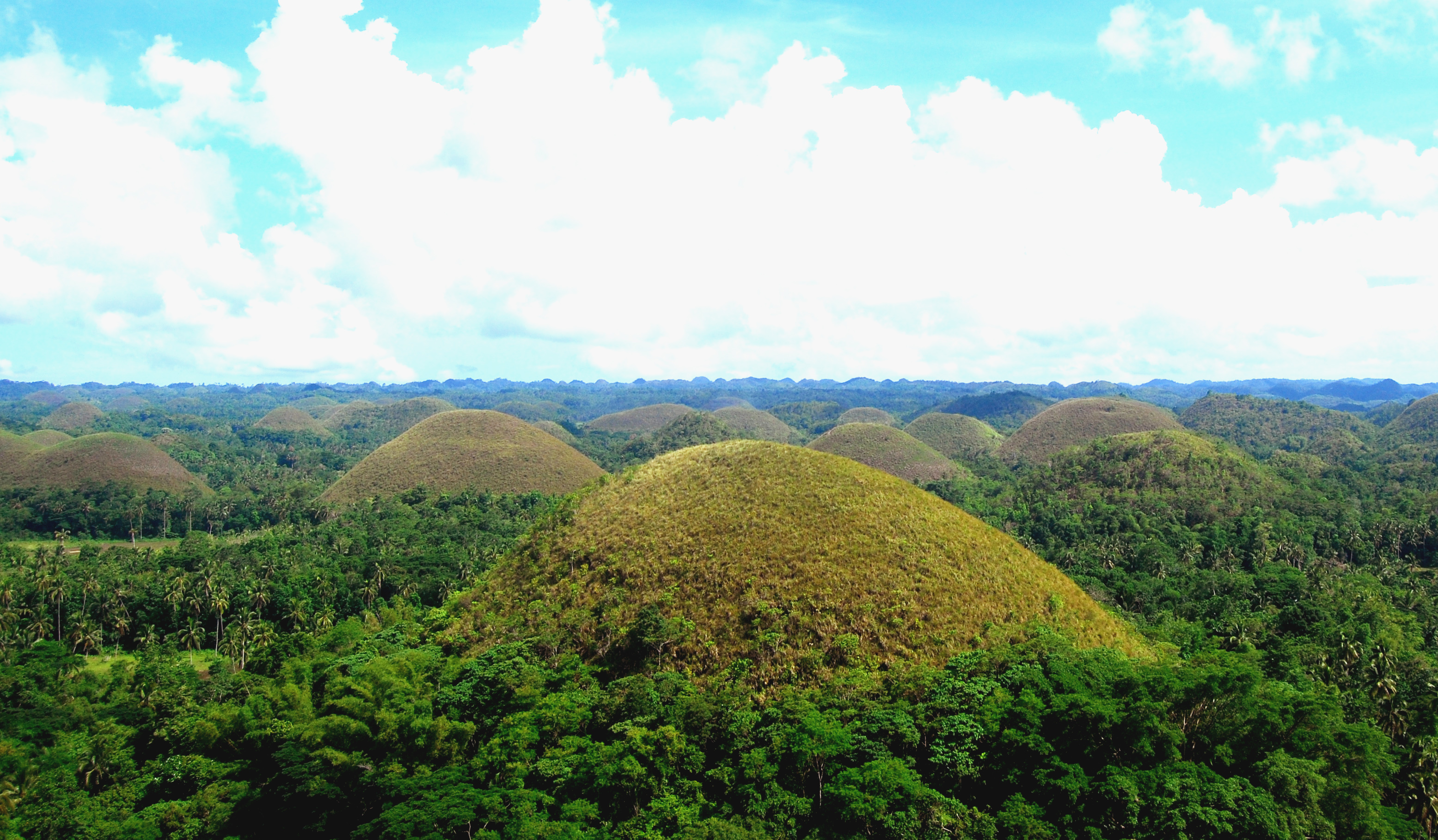On the Judean Mesa and the western side of the Dead Sea rise the cliffs of Masada. It is a plateau surrounded by a valley and was the location of the tragedy that happened in 73 AD to the zealots. Since then, Masada has been a symbol of National Union.
The Old Testament already mentions the lonely plateau that is located south from Ein Gedi, the kid’s spring and his name mean strength, rock castle, or fortress in Hebrew. The cliff that towers above the level of the Dead Sea with its 434 meters was first fortified by the king around 100 BC. Almost 60 years later, Herod the Great built one of the most significant fortresses of Israel – partly to consolidate his power, partly to protect his family. Later Masada became a Roman garrison that was captured in 66 AD by a group of Jewish rebels – the zealots, starting the first Jewish-Roman war.
The commander of the Legion surrounded the cliff with a wall to cut off escape routes then he constructed a huge stone ramp fixed by wooden stakes against the western face of the plateau allowing the soldiers to finally reach the inside of the fortress. But the Romans did not find anybody alive in the palace because the zealots had chosen freedom instead of slavery. The story is elaborated by Josephus Flavius in his book called “the Jewish war” which over the ages became the second Bible of the Jews. Today, young Israeli soldiers declare the following sentence at their graduation “Masada shall not fall again”.

The plateau is girdled by an almost one-and-a-half kilometer-long circumvallation wall following the winding line of the cliff. 38 watchtowers were built for the guard, their height exceeds 10 meters. A synagogue stood on the western side and different bathhouses were at all kinds of people’s disposal. The designations of the room of the ritual bathing complex can be recognized as follows: the changing room is known as the ippolitarium, the lukewarm bath as the tepidarium, the cold baths as the frigidarium, and the thermal baths as caldarium.
The Columbarium is a separate building on the plateau; it is storage for cremated remains of the deceased. The so-called Western Palace stood on the northwest side of the cliff. According to presumptions, it could be a multi-story building with the suites, rooms, assembly halls, and saloons of the royal family and the guests.
The most stunning buildings of the plateau can be found on the offset levels of the northern cliff – the Northern Palace. It is a breathtaking sight often called Hanging Palace and rightly so. The semicircular room lies on columns at the northern edge of the plateau. Here, you can admire the stones of the reddish rich topography of the desert that lies around the cliff while on the right in the distance the Dead Sea gleams. From here, we can also look down 30 meters below to the ruins of the Round Hill.
The millennium’s old ruins of Masada are still a real treasury for the archaeologists of the world. Hundreds of shards with Aramaic, ancient Greek, Hebrew, and Latin inscriptions were found that date from the time of the Jewish-roman war. These prove the truth of the words of Josephus Flavius who wrote about the events that happened in the fortress. Fourteen scrolls that were found in different corners of the fortress and belong to the books of the Old Testament hold a particular value among the findings. Their elaboration is still in progress, the work of archaeologists is followed with attention by those interested in the cultures of the world.
 Las Vegas is located in western Nevada and has a population of about 1,ooo,ooo people. It enjoys 300 days of sunshine a year. If there was ever a city that shouldn’t be it is Las Vegas but it has managed to beat the odds continually. Its rat pack style and casinos have made this city become almost legendary.
Las Vegas is located in western Nevada and has a population of about 1,ooo,ooo people. It enjoys 300 days of sunshine a year. If there was ever a city that shouldn’t be it is Las Vegas but it has managed to beat the odds continually. Its rat pack style and casinos have made this city become almost legendary. of that city. For example, north of the border, Edmonton, Alberta has some great places to visit like West Edmonton Mall, Edmonton Valley Zoo and service providers like
of that city. For example, north of the border, Edmonton, Alberta has some great places to visit like West Edmonton Mall, Edmonton Valley Zoo and service providers like  Las Vegas Strip
Las Vegas Strip 
 Take Full Advantage of a Map
Take Full Advantage of a Map Don’t Pack Too Much Stuff
Don’t Pack Too Much Stuff